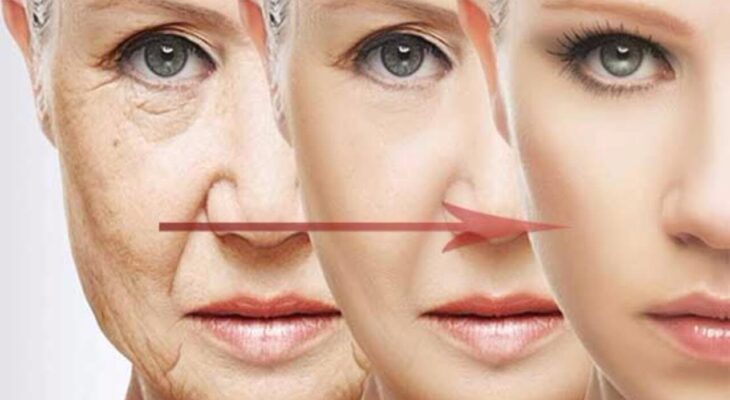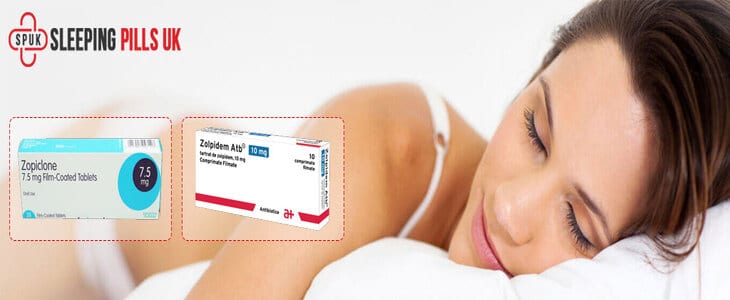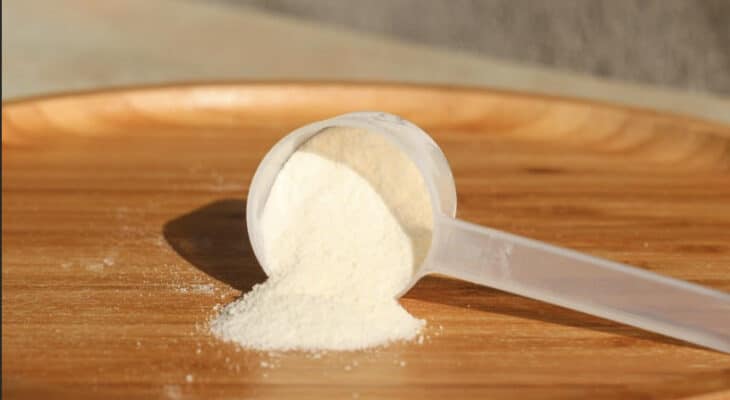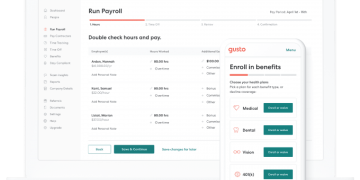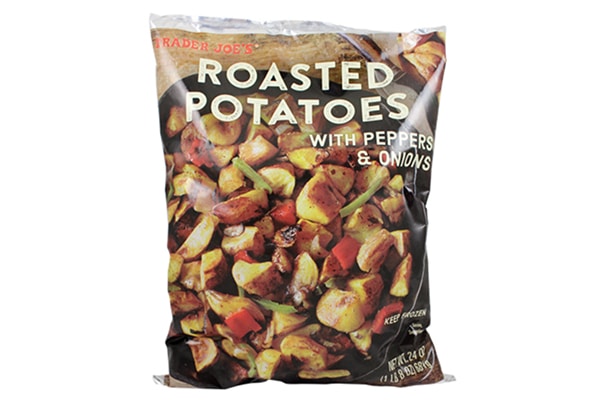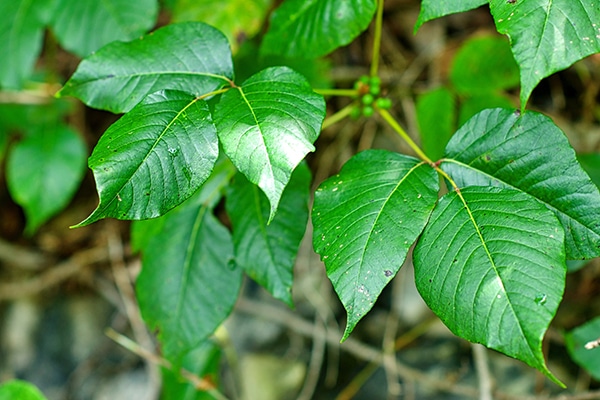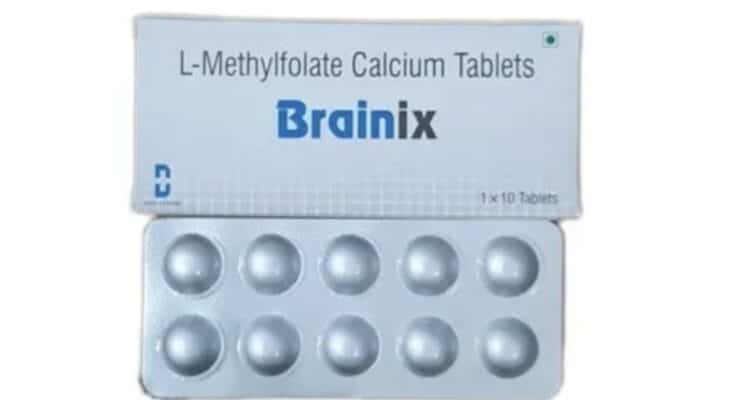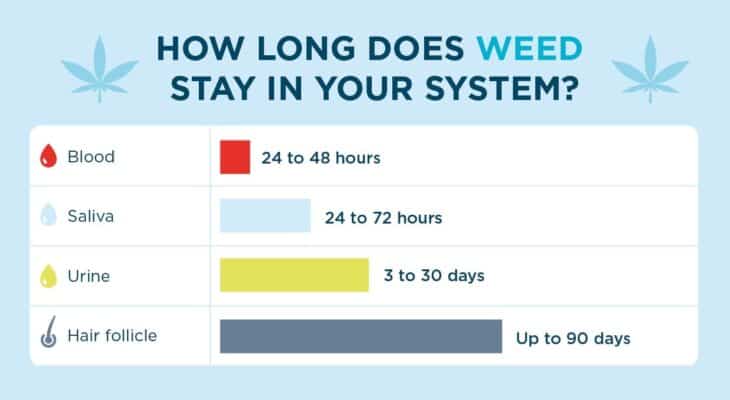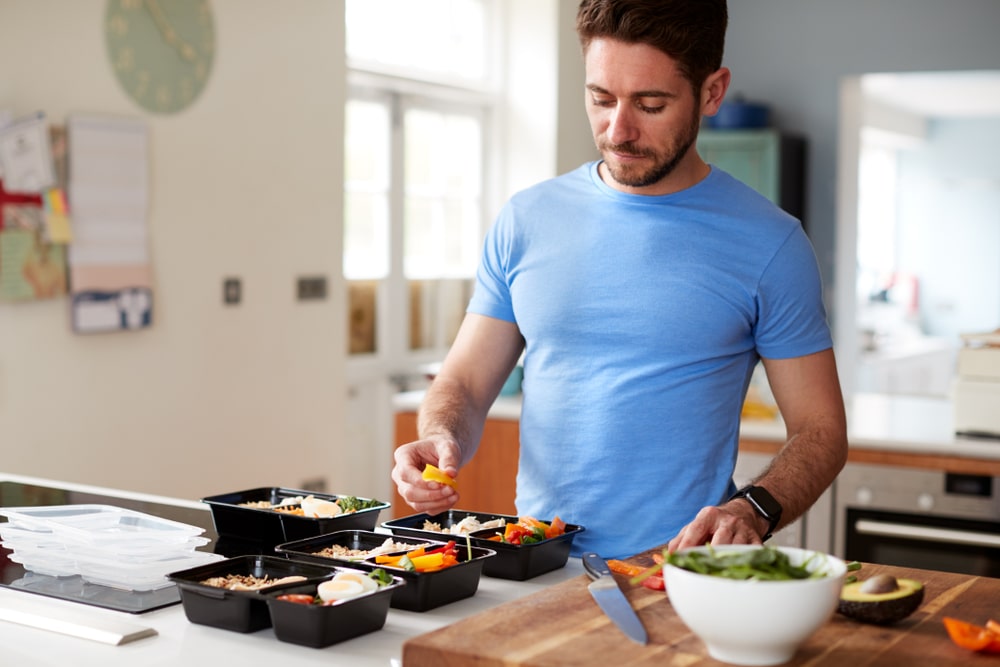We’ve all been spending more time camped out at home and possibly spending more time streaming than cleaning.
One way germs spread is when we touch a surface and then touch our eyes, nose, or mouth (and vice versa).
That’s why handwashing is a gold standard for staying healthy.
Picking up COVID-19 through a surface is low risk, according to the Centers for Disease Control and Prevention, but there are other nasties lurking on objects we touch but rarely clean.
Are you pretty sure the bathroom is the dirtiest spot in your house?
Think again.
There are things you handle daily that are way germier than a toilet seat (and some of them are where you do your food prep).
Here are some high-touch spots to consider cleaning more frequently.
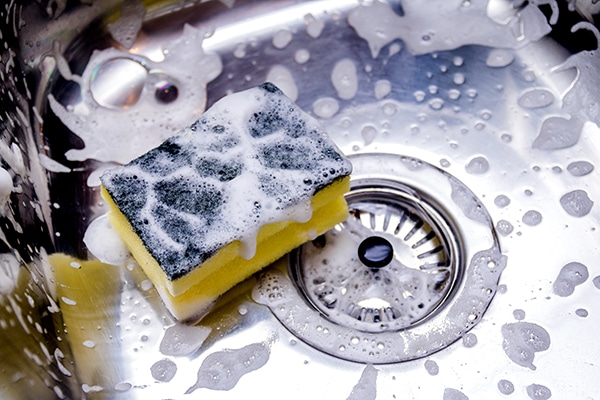
1. Kitchen sponges
If you don’t swap it out regularly, that sponge you scrub pots and pans with is basically a petri dish.
One study found sponges had tons of bacteria.
“Sponges are best thrown away,” says biochemistry professor Ernesto Abel-Santos, Ph.D., at the University of Nevada, Las Vegas.
2. Cutting boards
You may freak out about the catch-22 of sink handles — you turn them on with dirty hands and turn them off with clean ones — but since the contact is fairly brief, the risk is relatively low.
“I would be more worried about cutting boards than sink handles because you’re cutting into them with a knife, which can trap bacteria,” explains Abel-Santos.
Always wash wood cutting boards with hot, soapy water and put plastic ones in the dishwasher.
“The dishwasher is a very good cleaning tool because high temperatures and steam will kill a lot of bacteria,” he explains.
He also recommends having separate meat and vegetable boards. (We’ve also got some tips on wood cutting board care.)
3. Fridge and freezer handles
“These points of contact do need cleaning and care, food prep can lead to the spread of harmful bacteria,” says professional cleaner and organizer Melissa Maker of Clean My Space.
“For non-eating surfaces like door handles, light switches and appliance handles, wipe clean and follow with disinfecting spray,” she adds.
(If you also feel like tidying up, here are some pointers on organizing your refrigerator.)
4. Coffee makers
When left unchecked, your coffee maker ticks all the boxes for yeast and mold growth.
Maker recommends running vinegar through the coffee maker to de-scale, then a water-only cycle to rinse clean.
“Hand-wash any components in hot soapy water,” she says. “Remove coffee grinds when done brewing and leave the compartment open to air dry.”
5. Gym equipment
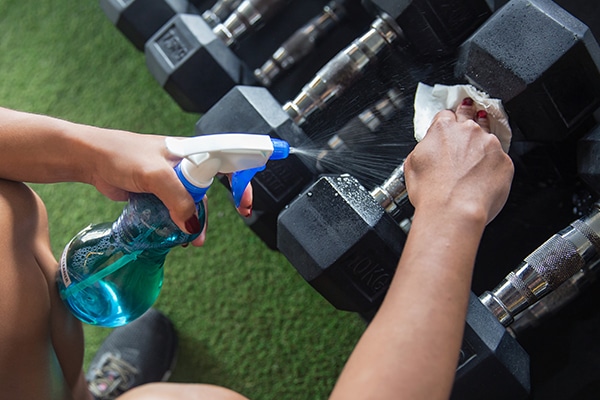
If you work out at home, you probably have all sorts of equipment that you touch every day.
Make sure you wipe down your dumbbells and yoga mats and any other equipment that you use and get sweaty with on a daily basis.
Regular cleaning spray may break down or damage yoga mats, so make sure to follow the manufacturer’s instructions for your mat.
6. Purses and reusable bags
Any surface you touch on public transport is going to have a wider variety of germs, since people are “walking bags of bacteria,” according to Abel-Santos.
When you place your purse or reusable grocery bag on the floor, it’s going to pick up a sample.
“But you don’t need to get totally freaked out because most of the germs are not dangerous,” he adds.
Wipe them down regularly or wash them, if possible. Don’t forget to wipe down the insides, too!
7. Countertops
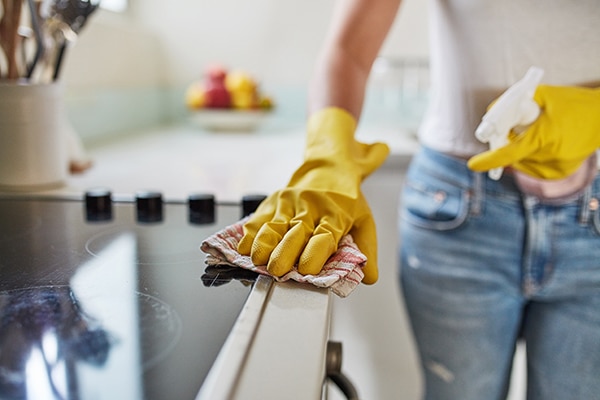
“One of the most evident places for microbes is the kitchen because you can get cross-contamination from different food sources, such as salmonella from incorrectly prepared chicken,” says Abel-Santos.
It’s also a high-traffic spot for those aforementioned, bacteria-toting bags.
8. Doorknobs
“You can deep-clean a doorknob with bleach, but if someone comes a half-hour later and grabs the doorknob with dirty hands, it will have a new set of microbes,” said Abel-Santos, which is why handwashing is so important.
“That is the most important prevention measure is washing your hands.”
9. Phones
Phones are well-established magnets for germs.
Follow manufacturer tips for cleaning Apple and Android devices without destroying them.
Another option is a UV sanitizer, which looks a little tanning bed for your phone. At the very least, give the screen a wipe down.
“The mechanical act of wiping can also dislodge bacteria,” says Abel-Santos.
10. Laptops and desks
Studies have found that offices are productivity zones for germs, making your WFH nook another hub.
Clean your desk with disinfectant wipes regularly.
“To deep-clean your computer, use compressed air to blow out dirt,” says Neel Parekh, founder and CEO of MaidThis.com. “Then put rubbing alcohol on a cloth and wipe down the keyboard.”
11. Remote controls
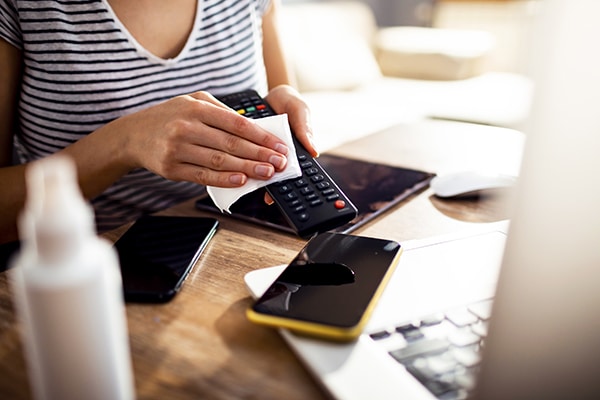
Wait, did you just lick cheese powder off your fingers and flip the channel?
For electronics, rubbing alcohol is a good disinfectant because it’s strong enough to kill many germs like E. coli and salmonella.
“To disinfect, use equal parts rubbing alcohol and water, spray on a microfiber cloth and wipe,” recommends Maker.
12. Toothbrush holders
You swap out your toothbrush every few weeks, but do you even think about the holder?
That cute bathroom accent is a germ collector.
“Wash it by hand or run it through the dishwasher once or twice a week,” recommends Vera Peterson, president of Molly Maid.
13. Pet dishes and toys
Contrary to what you’ve heard, a dog’s mouth isn’t any cleaner than yours — and the dish and toys they slobber all over aren’t either.
“It’s important to disinfect pet dishes daily,” says Peterson. “Either put them in the dishwasher or scrub them by hand under hot, soapy water.”




